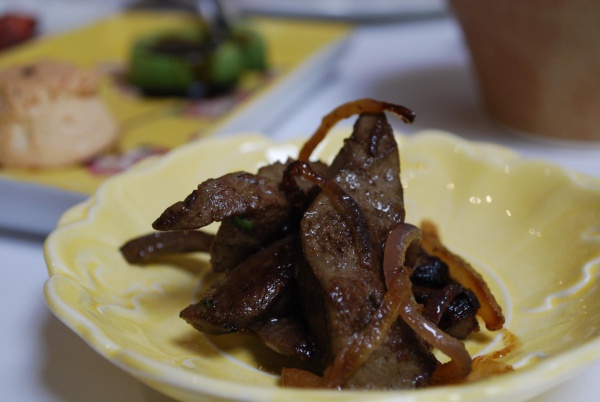Facts About Lamb's fry
Lamb's fry refers to lamb offal, encompassing organs such as the liver, testicles, sweetbreads, heart, kidneys, and occasionally the brain and abdominal fat. The term's meaning varies by region: in Australia and New Zealand, it usually denotes the liver, while in the United States, "lamb fries" specifically refer to the testicles. In the U.K., it traditionally covered all offal but now rarely includes the testicles.
The history of lamb's fry dates back to the late 18th century, with mentions in publications like "Walker's Hibernian Magazine." By 1929, it was recognized as a traditional Devon breakfast dish, according to "Country Life." Fanny Cradock, a renowned British cook, observed that it was a popular breakfast choice before World War II.
To prepare lamb's fry, the offal is typically sliced, breaded, and pan-fried. It is often served with bacon, onions, and a gravy made from the cooking juices. The earliest known recipe for lamb's fry was published in 1808.
"Lamb's fry and bacon" used to be a favorite pub dish and remains quite popular in Australia, both as a pub meal and a breakfast option. Recently, it has been experiencing a resurgence, thanks to the "slow food" movement that emphasizes traditional cooking methods and local ingredients.
